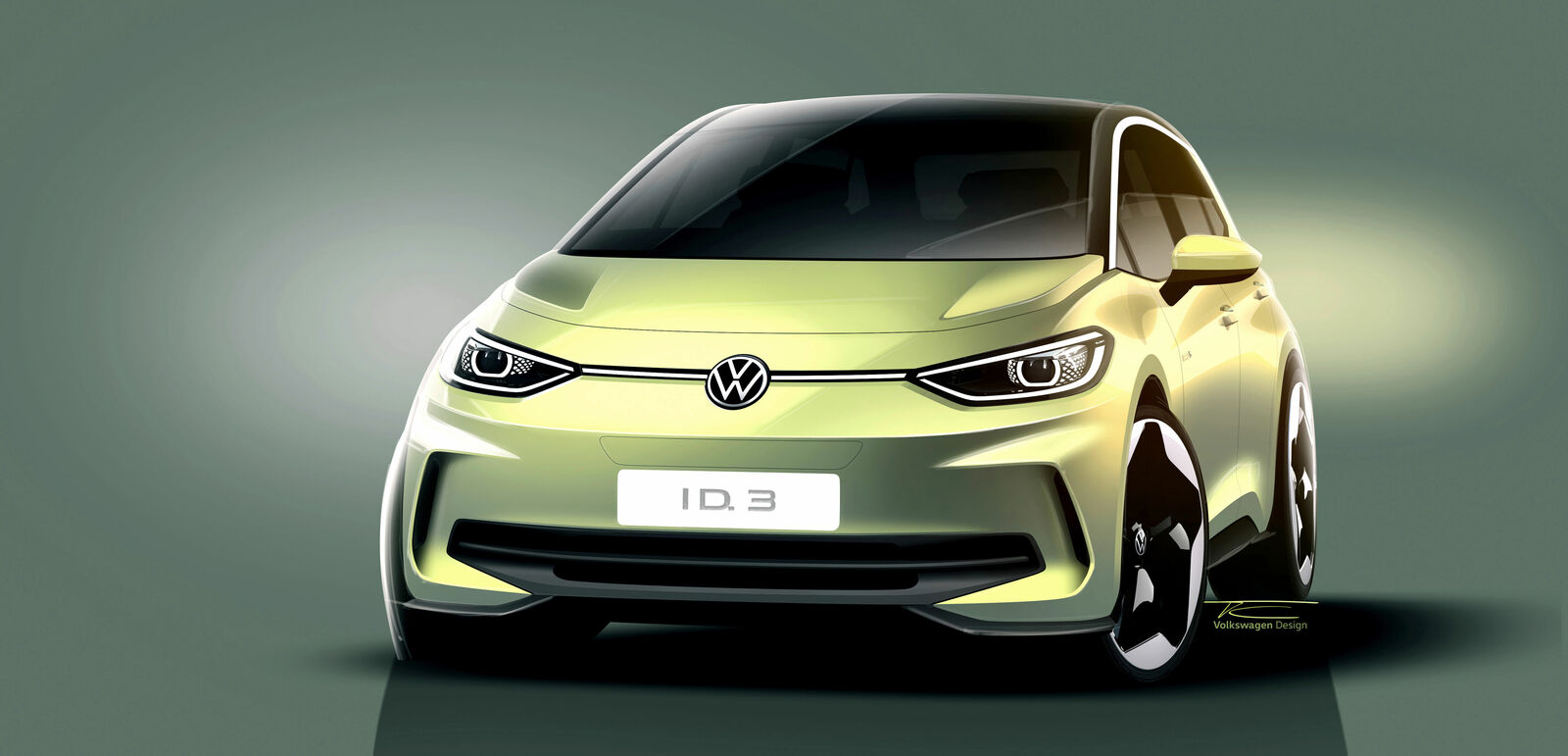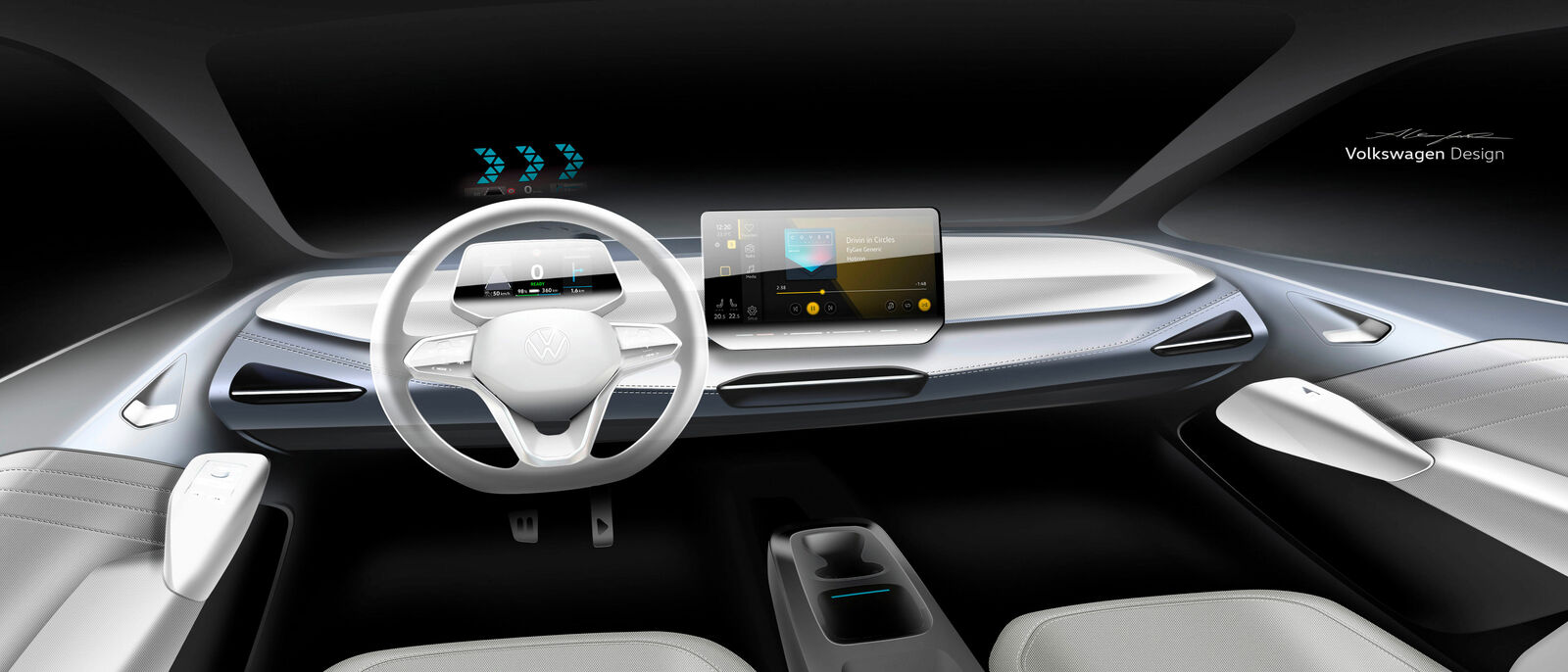- Taking quality and design to the next level: Volkswagen has listened to its customers and implemented many of their suggestions
- Sustainability in focus: carbon-neutral delivery, vehicle interior contains no animal-derived materials
- Volkswagen expands production network for best-selling car: from 2023, the main plant in Wolfsburg is set to join Zwickau and Dresden in producing the ID.3
Volkswagen will be unveiling the new ID.3 to the public this coming spring. The second-generation ID.3 is set to be the latest chapter in the ID. family success story: To date, more than half a million ID. models – built on the basis of the modular electric drive matrix (MEB) – have been delivered to customers around the world. Currently, the ID.3 is produced at the Zwickau and Dresden plants in Germany. However, the production network will be expanded next year to include the main Volkswagen factory in Wolfsburg. This is in order to meet high levels of customer demand for the fully electric compact car.
“The new ID.3 demonstrates our commitment to quality, design and sustainability. The design has matured, and we’ve upgraded the materials used in the interior”, says Imelda Labbé, Volkswagen Board Member for Sales, Marketing and After Sales. In coming up with the revamped version, the development team took on board a range of suggestions from customers in order to improve the product and enhance the standard equipment package: “The needs of our customers are always front and centre for us. That’s why we listen carefully and focus on gearing our product portfolio to their requirements”, Labbé adds.
The new ID.3 is equipped with the latest software generation, which improves system performance and is able to receive over-the-air updates. In addition, the standard equipment package has had an upgrade: it now includes a display with a diagonal measurement of 12 inches (30.5 centimetres), a removable luggage compartment floor and a centre console with two cup holders.
Functions such as Plug & Charge and the intelligent Electric Vehicle Route Planner make the charging experience in the new ID.3 even more straightforward and convenient. VW is using the latest generation of fully integrated assist systems in the ID.3. Stand-out examples of this are the optionally available Travel Assist with Swarm Data and the Park Assist Plus with Memory Function.
“Part of our mission at Volkswagen is to offer state-of-the-art technologies and innovations across all models, including compact vehicles, and the ID.3 exemplifies this – for example when it comes to new convenience and assist systems:we are taking the next step forward on the way to highly automated driving with the use of swarm data in the latest Travel Assist”, explains Kai Grünitz, Member of the Volkswagen Brand Board of Management responsible for Development.
German customers can order the pre-configured Life, Business, Style, Max and Tour models from December 1st. The starting price of the ID.3 Life is €43,995 (including VAT and before subtracting the environmental bonus, where applicable). Due to the high order volume, customers who place their order now are expected to receive their new ID.3 from the fourth quarter of 2023 onwards*.
*Due to the current supply situation for semiconductors and the existing order backlog, Volkswagen estimates that the ID.3 Pro models Life, Business, Style, Max and the ID.3 Pro S model Tour will not be delivered to customers before the fourth quarter of 2023. Based on current planning, production of the enhanced version of the ID.3 will have begun by this time. This means that the vehicle delivered will not be that shown by the configurator or on the contract at the time the customer places their order; instead, customers will receive the enhanced ID.3 model. The vehicle may differ from the order scope, but any such differences will be to the customer’s benefit – with the following exceptions: ID. steering wheels were previously trimmed with leather; this will be replaced by a high-quality leather substitute. Due to the enhancement of the design as described above, the WLTP consumption and range figures for the vehicles may differ from the currently stated figures by up to 2 percent.
Media
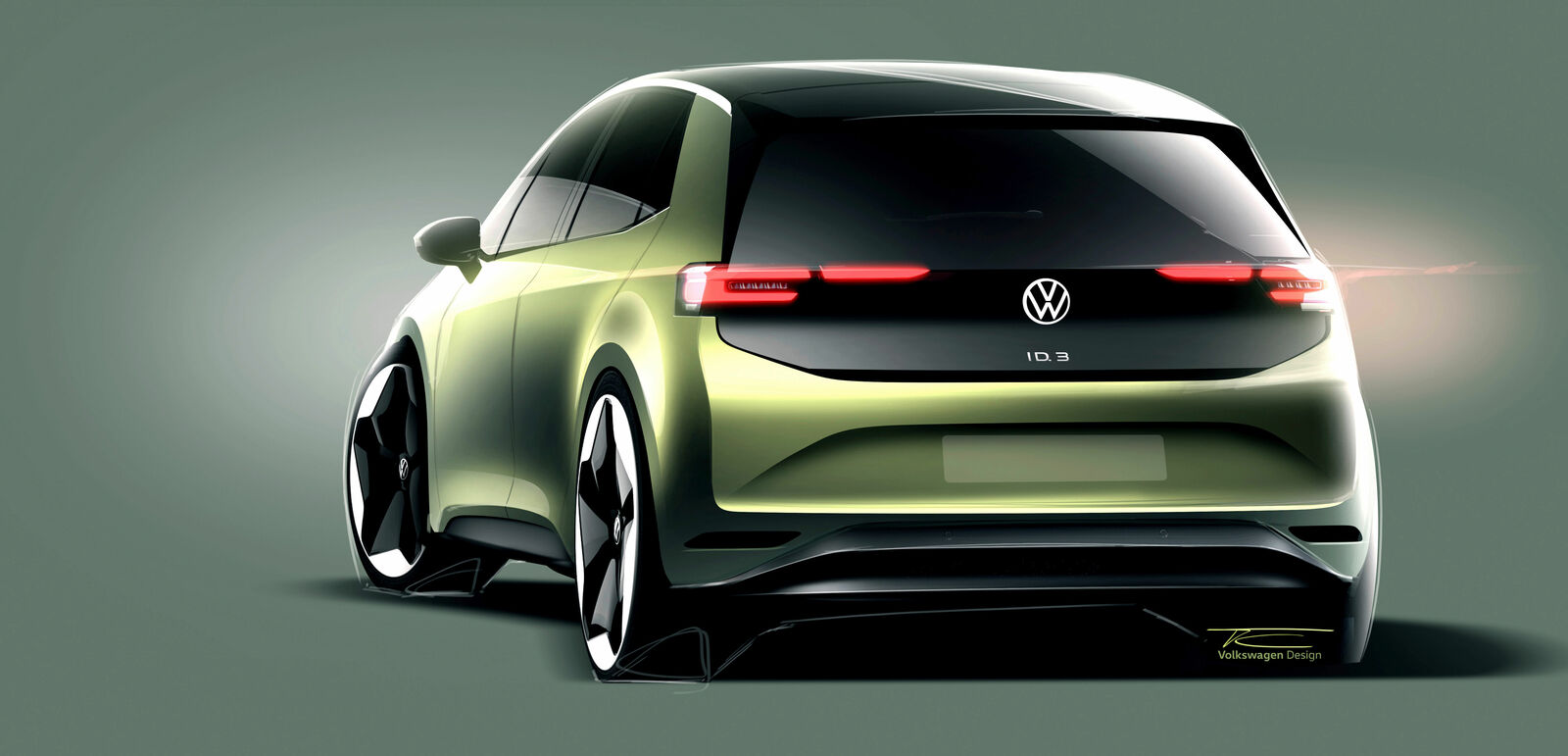
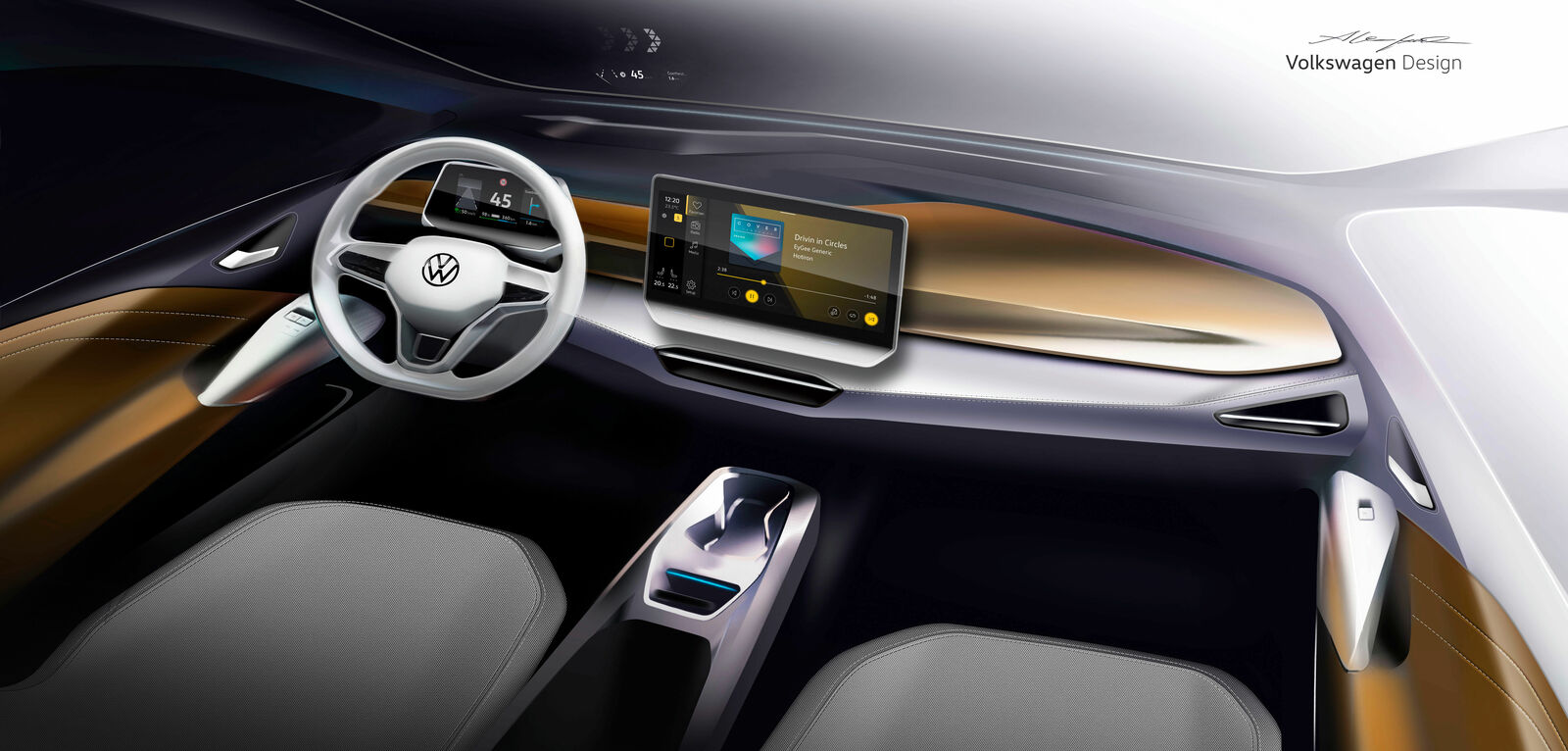
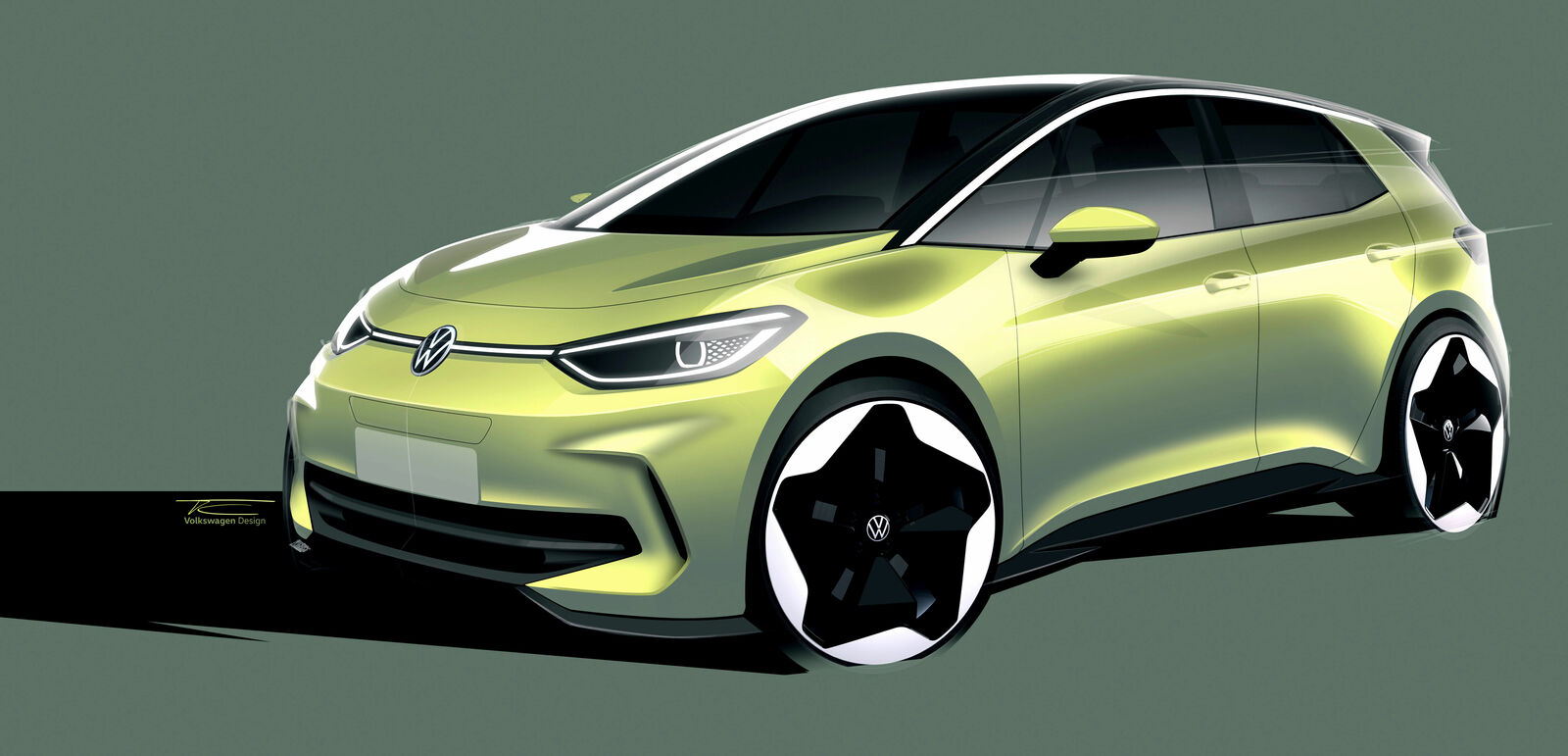
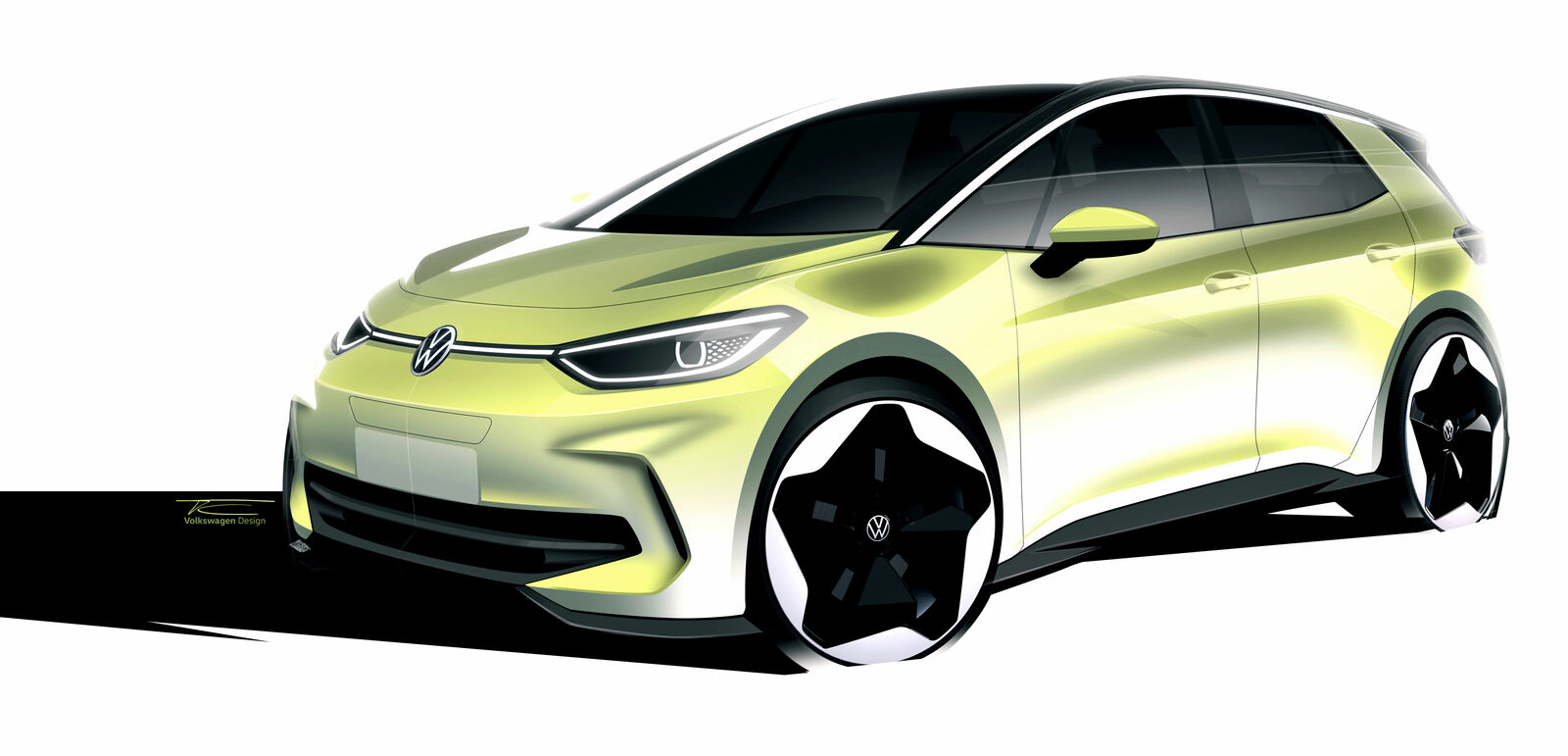
Media contacts

